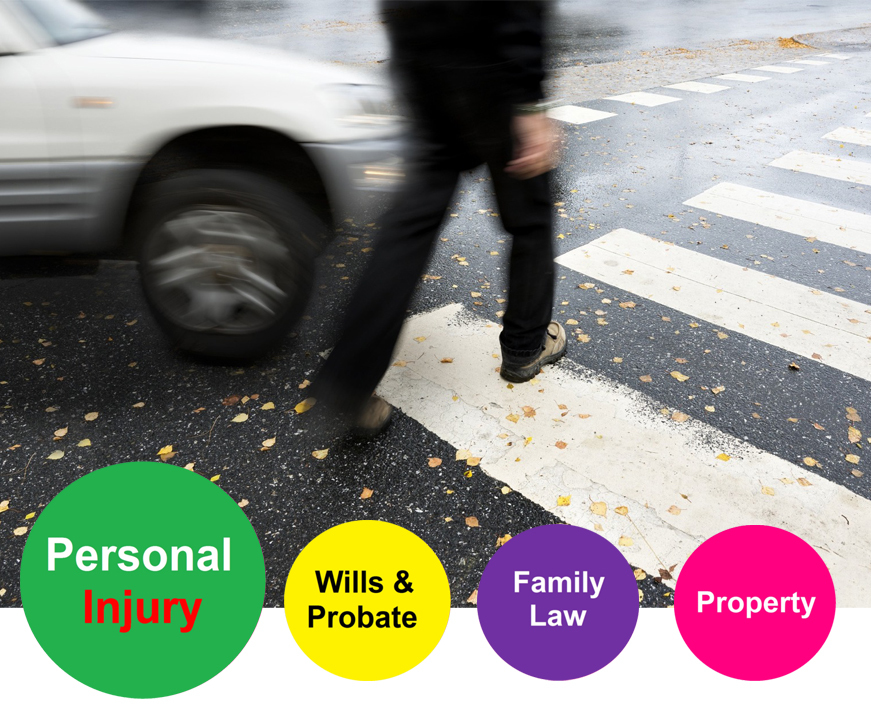What is Low Velocity Impact in Personal Injury claims?
Many people falsely assume that simply proving liability in a road traffic accident case is enough to ensure that the client will receive their financial compensation. However, this is not always the case. After proving liability, and successfully establishing that the other party involved was at fault for the accident, it is also necessary to prove that the road traffic accident itself was the definitive cause for the injuries that have been sustained. Whether it is a twisted knee injury, a broken leg injury, a fractured arm, or a whiplash claim, this is a key part of the process.
As a part of this process, the other party, or the defendant, may sometimes attempt to use a Low Velocity Impact (LVI) allegation to suggest that the force of the road traffic accident was not significant enough to cause the injuries at hand.
At this point, it is therefore up to the claimant and their legal representation to prove that the collision and road traffic accident was actually the cause of their injuries. Our expert personal injury solicitors specialising in road traffic accidents have over thirty years in successfully settling road traffic accident claims, and have over a 99% success rate in their work. They are well versed in all aspects of road traffic law, such as the Road Traffic Act of 1988, and know how best to pursue each unique road traffic accident claim.
For more information, see a full overview of the areas our road traffic accident solicitors specialise in below:

Get in touch today to start your claim for personal injury compensation
MG Legal accept all Personal Injury Compensation claims on a "No Win, No Fee" basis and have a success rate of over 99%




